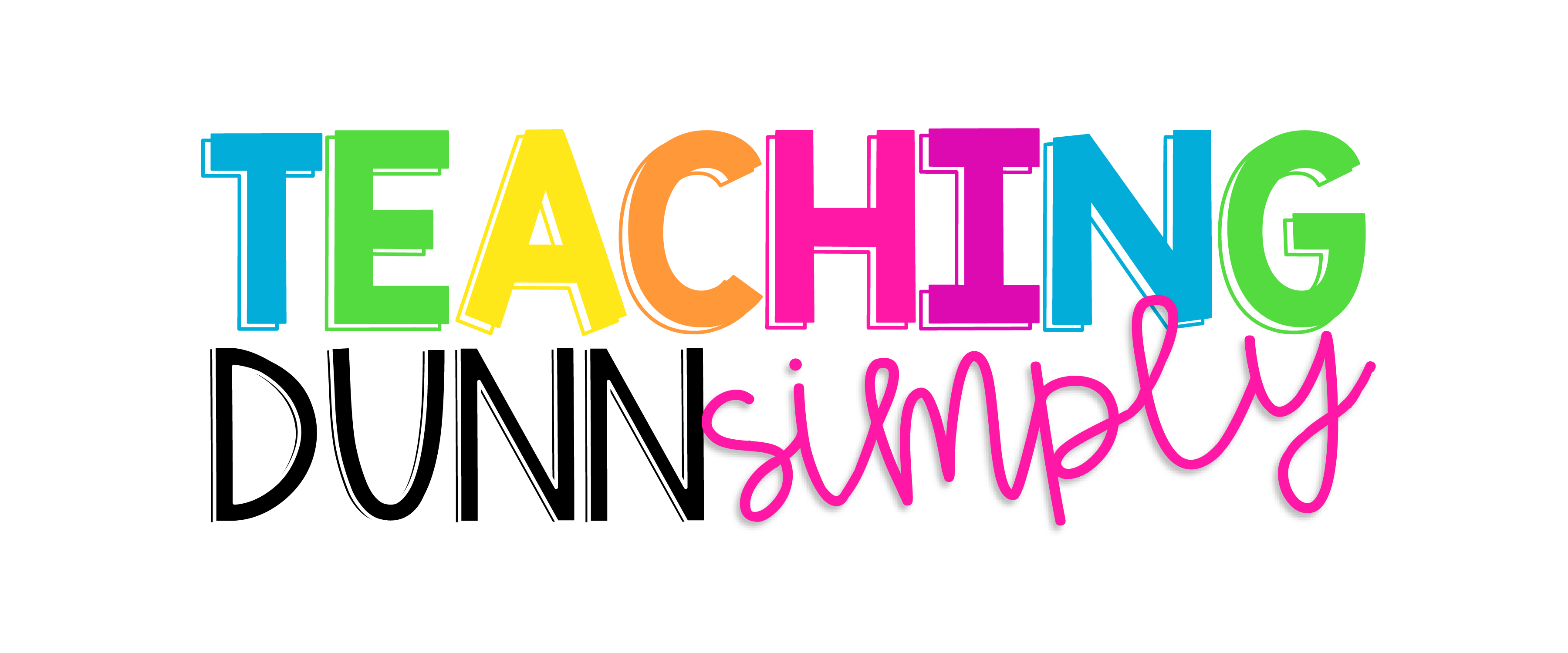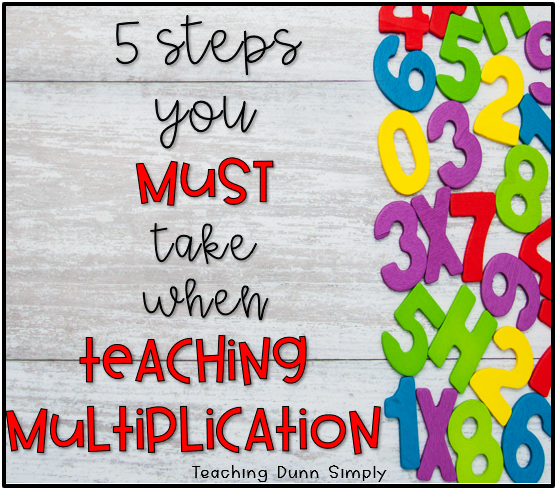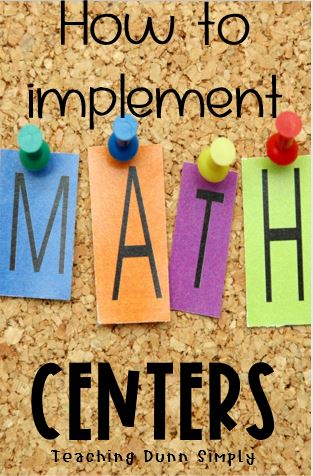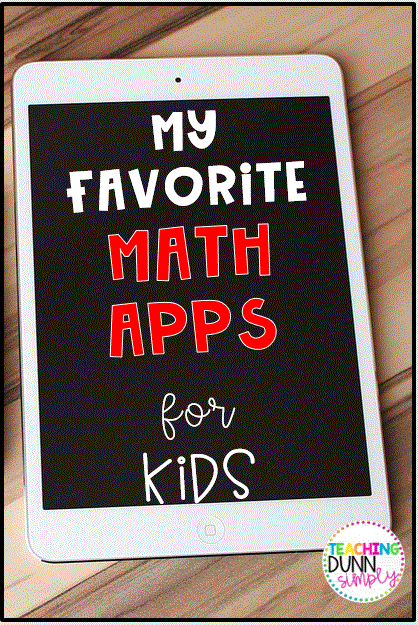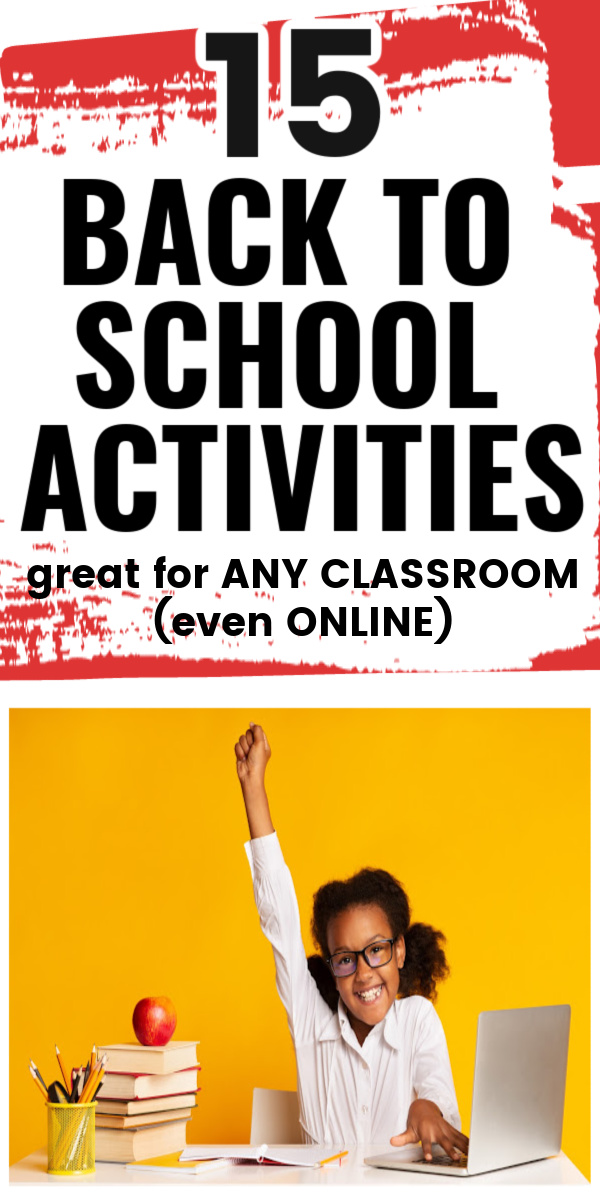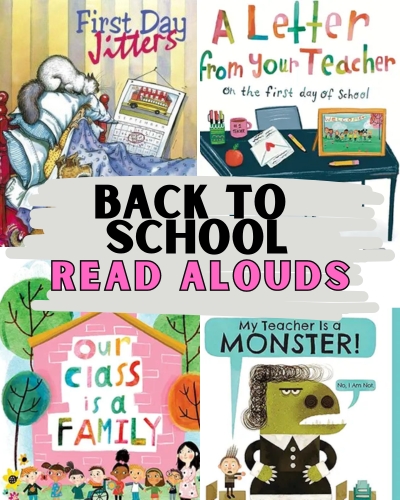- Home
- Math Resources
- Teaching Multiplication
Tips for Teaching Multiplication
Teaching multiplication can be less stressful when you implement these 5 steps! Are you searching for multiplication strategies and new tips and tricks for teaching multiplication facts? Teachers who may be new to teaching math, new to teaching multiplication in 3rd grade, or who are struggling to build multiplication fluency for their students can be stressful! So, I am here to help.
Multiplication worksheets are another useful resource that can be customized to suit the needs of individual students or the class as a whole. Worksheets can provide additional practice and can be used as a form of assessment. Timed tests can help students build speed and accuracy with multiplication. Teachers can use a variety of timed test formats, including online tools or printable worksheets.
Math centers and multi-sensory activities engage multiple senses to help students build multiplication fluency. Singing multiplication songs, drawing arrays, or using body movements to represent multiplication problems are just a few examples of multisensory activities that can be used in the classroom.
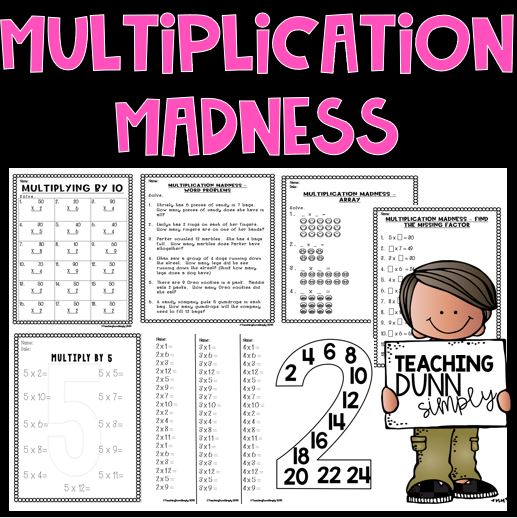 Printable Multiplication Unit - Covers and includes all content for the unit.
Printable Multiplication Unit - Covers and includes all content for the unit.Multiplication Flash Cards
First things first, click here and download this multiplication printable! Then print, laminate, and cut out a copy of their multiplication facts for each student. Here is a quick tip: After you have downloaded the multiplication printable, laminated it, and cut it out, put each student’s set on a ring. Encourage students to review their facts if any free time is available to them during the day. Students can also take use this multiplication printable during center time. The idea is to provide a multiplication printable for students to use as a reference for review.
Multiplication flashcards are a classic tool that can be used for quick review and practice. Games, such as board games or online games, offer an exciting way for students to engage with multiplication concepts. These games can be adjusted to suit different grade levels and abilities.
Multiplication Anchor Charts

If you aren't utilizing anchor charts multiplication in your math classroom, start today! Anchor charts are so beneficial for students. I recommend having an anchor chart for each math concept. For example, have an anchor chart for addition, subtraction, multiplication, division, fractions, graphs, geometry, etc. The great benefit of anchor charts is you can print them out and provide a copy for students to keep. My students keep their anchor charts inside their math interactive notebooks. That way, they have them as a reference during center time or math homework time. We do not provide students with textbooks, so the interactive notebook serves as the math book.
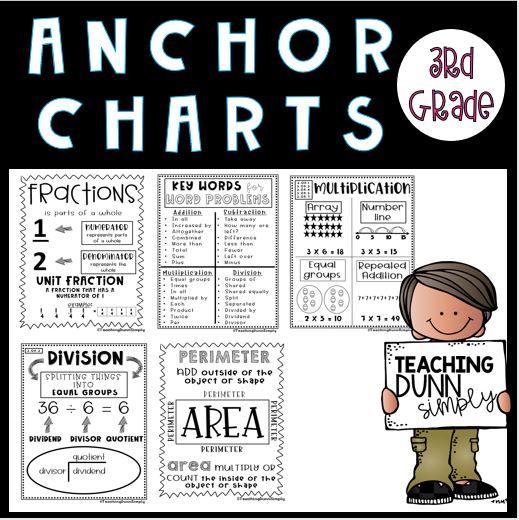 Printable Math Anchor Charts 3rd Grade
Printable Math Anchor Charts 3rd GradeBuild Fact Fluency!
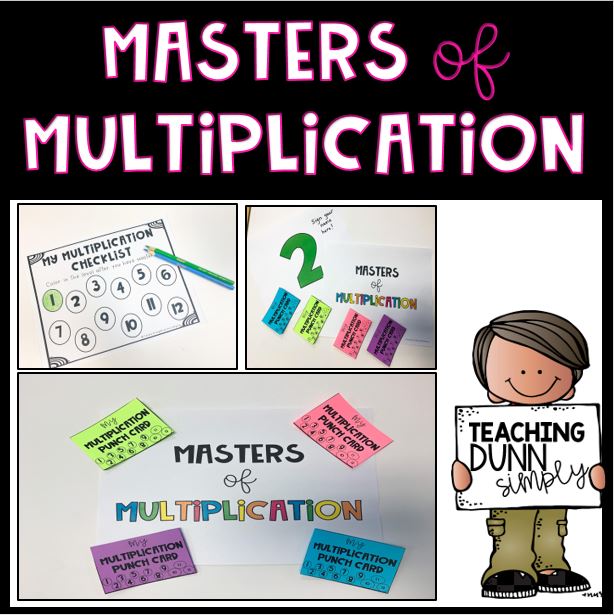
When teaching multiplication, fact fluency is the name of the game, especially for younger students. You as a teacher know the academic needs of your students. Would your students get more of a challenge with fact fluency games? Do your students perform better with fact fluency worksheets? I would also recommend implementing fact fluency multiplication into your math center rotations. Think about this for a second while considering future concepts and the curriculum your students will work with. Consider the benefits of students having a solid understanding and strong fluency with basic multiplication facts. Many, many concepts and future curriculums will involve multiplication, so we teachers have to build a solid foundation when teaching multiplication facts! I know from personal experience, students who struggle with multiplication facts go on to struggle with concepts such as area, division, equivalent fractions, and many more.
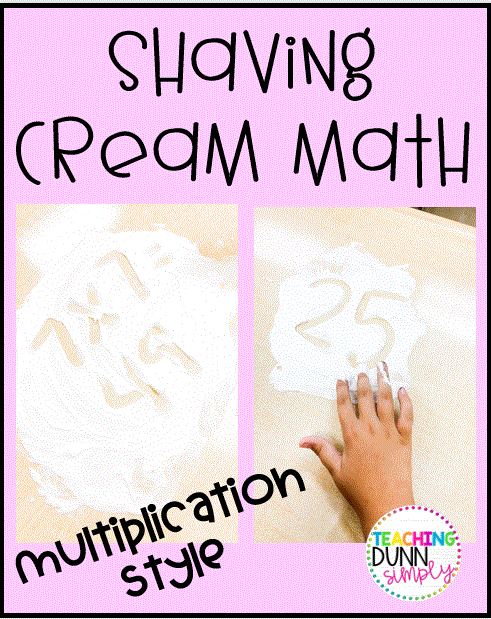
Are you looking for a fun, engaging math activity for your students? Grab a can of shaving cream and let the fun begin! Apply a small amount of shaving cream to each student's desk. Ask them to make a middle-sized circle. Then, call out addition, subtraction, multiplication, or division facts for students to solve. The extra bonus is how fresh and clean your classroom will smell!
Teaching Multiplication
Fun Multiplication Games
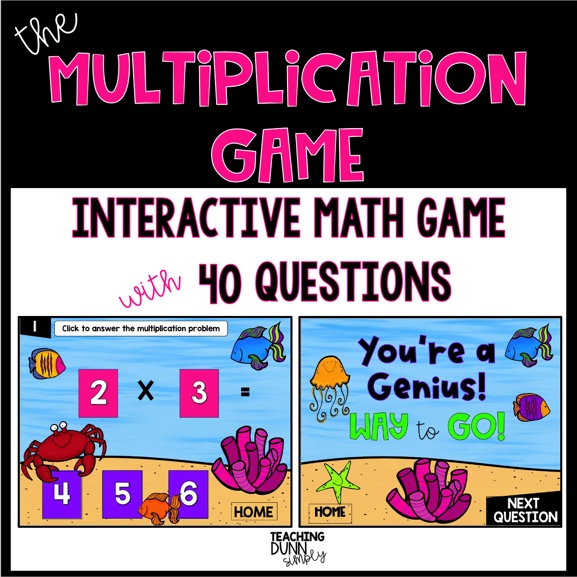
Who doesn't love playing games? Be sure to incorporate multiplication games into your math centers and math instruction. Students will love reviewing multiplication facts.
Multiplication Manliputives
Math manipulatives, such as counters or base-ten blocks, can help students visualize multiplication problems and deepen their understanding of the concept. Technology tools, such as interactive whiteboards, tablets, and educational apps, can make learning multiplication fun and interactive.
Reward Students' Progress
Reward your hard-working students. Who doesn’t love being rewarded for their hard work and dedication? Rewards are a huge motivator! This is your golden opportunity to show students that hard work pays off! So, take advantage of it. Track each student's mastery level of their multiplication facts 0-12. When a student masters a level, reward their accomplishment! After all “levels” have been mastered, reward them again or throw an epic “Master of Multiplication” party! If you decide to throw a “Master of Multiplication” party, have multiplication games for students to play for fun. You can also implement Banana Split Multiplication into your strategy for building fluency for multiplication.
Assessment tools, such as rubrics or checklists, can help teachers track student progress and identify areas where additional support may be needed. Intervention resources, such as one-on-one tutoring, small group instruction, or after-school programs, can provide targeted support to students who need extra help with multiplication fluency.
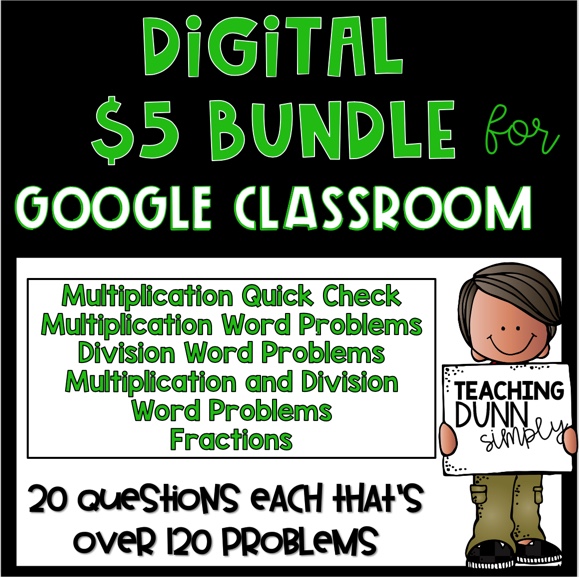
Teaching multiplication is one of my favorite math skills to teach. I truly feel that multiplication is a skill students will use daily throughout their lives. Take time and incorporate fun games and activities to help build fluency and continue this throughout the school year. Make sure students are consistency seeing and working with multiplication problems.
